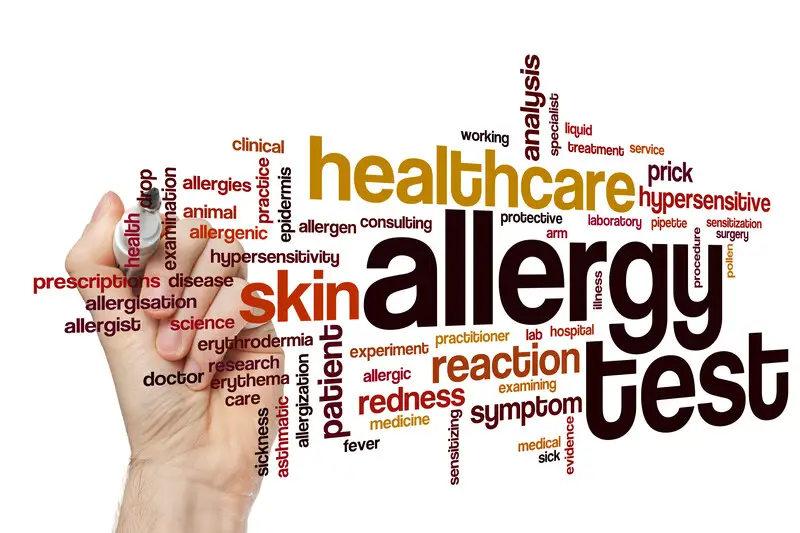Our Peanut Challenge Experience
My kids are allergic to peanuts. The older one had an anaphylactic reaction at 11 months old to half a peanut. The younger one was never exposed to peanuts since we kept a peanut-free home. However, she was showing positive skin prick tests and blood work. Since about last year, both kids were still positive on their skin tests but showed improvement in their blood work. The doctor suggested we do a food challenge at this point. A food challenge is performed by giving incremental amounts of peanuts, in our case, peanut butter, until they reach a tablespoon. The nurse provides a second tablespoon if they don’t have any symptoms after the first dose. We weren’t ready to do this challenge last year; the kids were still apprehensive. They didn’t want to take a chance of reacting.
The kids felt better about it after their allergy appointment this year. So, we went ahead and scheduled it. We discontinued antihistamines for at least 24 hours before the test and did not eat anything prior. The nurse gave the kids a dose of ¼ teaspoon of peanut butter every ten minutes. The first dose was plain peanut butter, and they did have some reaction with the direct contact with the peanut butter, but no anaphylaxis. So the nurse mixed the next dose at ½ tsp with ice cream. They did better with it mixed. Both kids made it up to a tablespoon, which technically means they passed the challenge. However, the older one started having symptoms after his second dose of one tablespoon. His eyes were red, and he began sneezing. We saw a hive, and at that point, the nurse gave him Benadryl, Zyrtec, and a steroid. The combination of medicine cleared everything up within 30 minutes. We stayed for another 30 minutes, and since both kids were okay, the doctor sent us home.
So, the results were that both passed the peanut challenge and had a high peanut tolerance. The younger child still had a feeling in her throat after the challenge, and we gave her Benadryl. She was also a bit nauseous. We were curious to know if it was related to the peanut challenge or not. The doctor instructed us to give them a tablespoon of peanut butter every two weeks to maintain their tolerance.
Both kids were very excited to pass the challenge. It is an enormous weight off all of our shoulders. We now know there is less chance of a significant allergic reaction if they are accidentally exposed. We still need to be vigilant and ensure they are not eating products that contain peanuts, but they may be able to consume products that are “made in a facility” or have a “may contain” statement.





